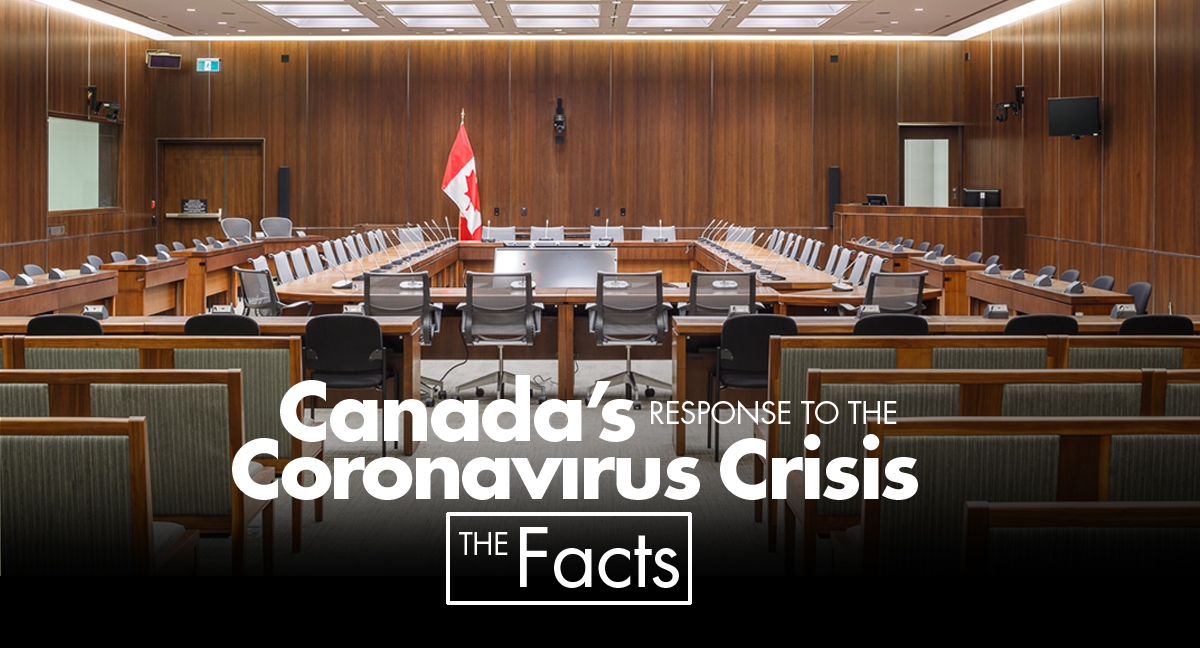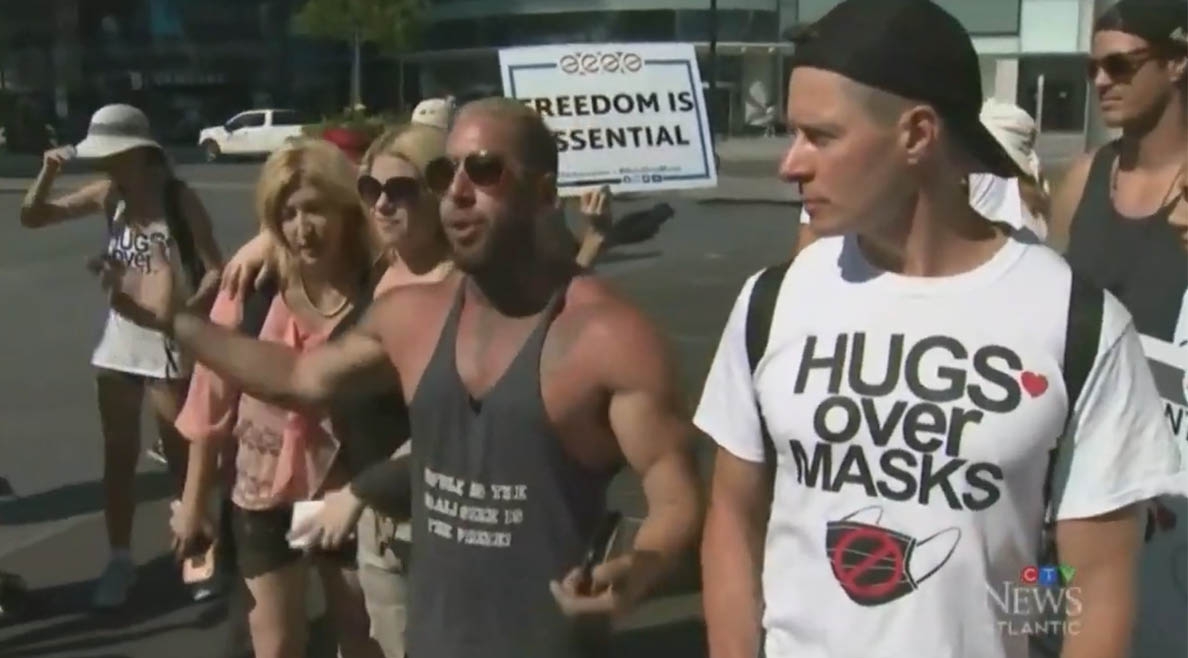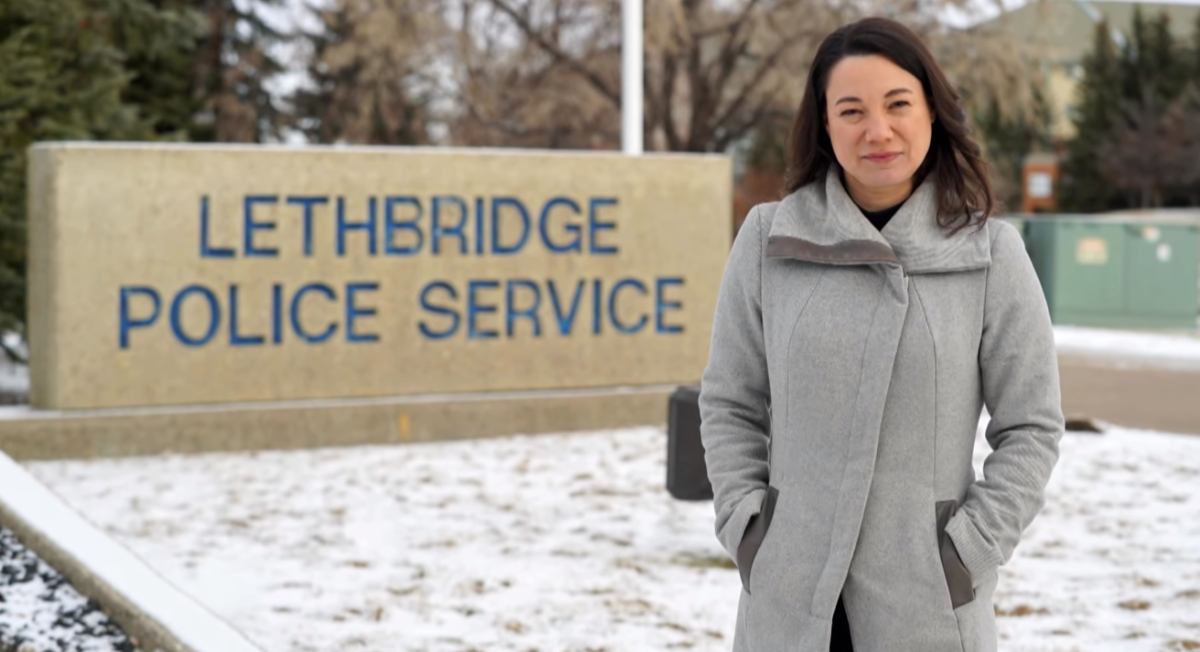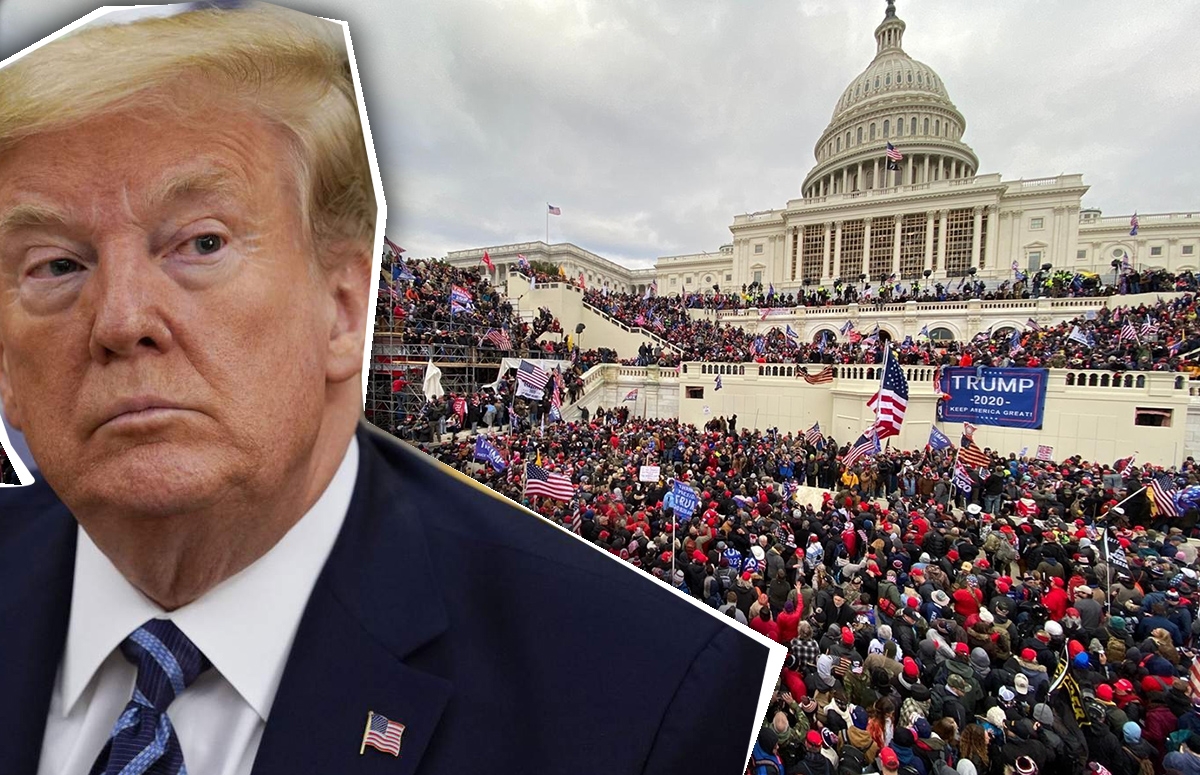
Empty promises from Prime Minister Trudeau are not helping people trapped in Afghanistan
Oped by Melad Ahmadzai
The ground work for political collapse may have started well before, but on August 15, 2021 the Afghan army completely collapsed. Today, the Taliban is forcefully controlling all areas in Afghanistan without ever being elected to govern. The country’s sworn President, Ashraf Ghani, fled the country to seek asylum in the UAE.
The focus then turned to foreign countries like Canada and the U.S. to help provide Afghans safe passage from the Kabul airport. Initially, the airport in Kabul was overloaded with people, mostly children and youth, all of whom desperate to escape to other countries.
I have seen photos and videos on social media on the latest situation on the ground in Afghanistan, and it is very disturbing. A few people have contacted me urgently requesting help to leave the country. But right now, it is overwhelmingly not safe for them to do so. This is because the Taliban have advanced facial recognition technology which they are using to find Afghans with connections to foreigners. Canada promised to repatriate about 20,000 Afghan people as quickly as possible, but no timeline or details were provided.
Canada has also closed diplomatic channels within Afghanistan. This included the mid-August closure of the main embassy in Kabul, which makes me question the will of policy makers and bureaucrats dealing with this sensitive matter. The Biden administration has now completely withdrawn its military from Afghanistan, as promised in their agreement with Taliban.
Earlier this week, the Hon. Marc Garneau, Minister of Foreign Affairs for Canada, stated that more than 1,200 people with links to Canada are stuck in Afghanistan. There are reports that journalists, NGO aid workers, doctors, and interpreters are all in great danger.
How did we get here?
In February 2020, the U.S.-Trump administration signed a deal with the Taliban in Doha, Qatar which further recognized them as an official party. The agreement was reached behind closed doors causing widespread skepticism.
Read the peace agreement at https://www.state.gov/wp-content/uploads/2020/02/Agreement-For-Bringing-Peace-to-Afghanistan-02.29.20.pdf
The Taliban have shown thus far that they are not willing to abide by the three main promises set out in that agreement. These include; elections by intra-Afghan votes, adhering to UN human rights, and preventing danger to foreign forces.
Here’s a breakdown how the Taliban have violated the agreement:
1. Taliban forcefully captures Kabul without any public consultations with Afghan diaspora
2. Violations of human rights include killings of journalists and other innocents
3. Attacks at Kabul airport by ISIS-K on civilians and military personnel
What can be done to help the people who are stuck in Afghanistan?
As I write this article, time is running out for those people who are stuck in Afghanistan, mainly due to internet and mobile phones providers who are shutting down. Essentially, technology will become the Taliban’s main weapon as they continue to use biometric facial recognition on the streets of Kabul.
As the Taliban shift from insurgent group to governing power they seek to be officially recognized by Canada and its allies which Canada has said it will not do. Clearly, the Taliban have a disregard for human rights especially those of women and children which will not change.
In the end, Western-style democracy did not sustain in Afghanistan but we need to pressure leaders in Canada not to turn their backs on the people who want to exit safely from Afghanistan.
Canada has yet to give a timeline for the repatriation of 20,000 Afghans. Hopefully it will not be too late, if it even happens at all.
Melad Ahmadzai is an Afghan-Canadian citizen and the CEO of Taleam Systems.
PHOTO: Via BBC World News










